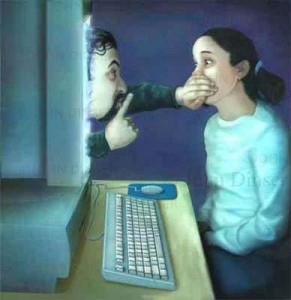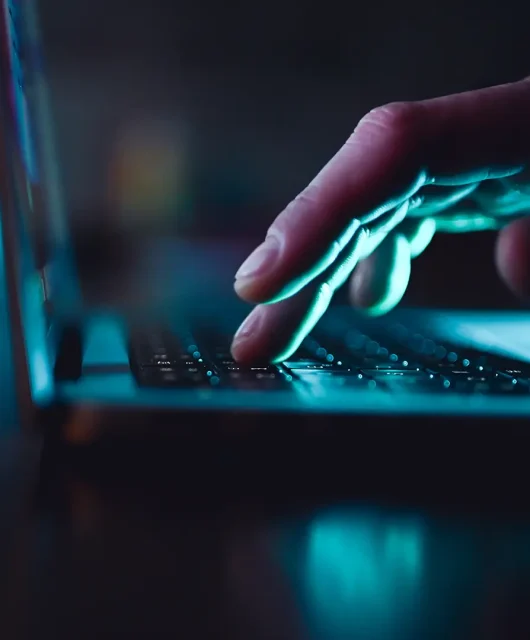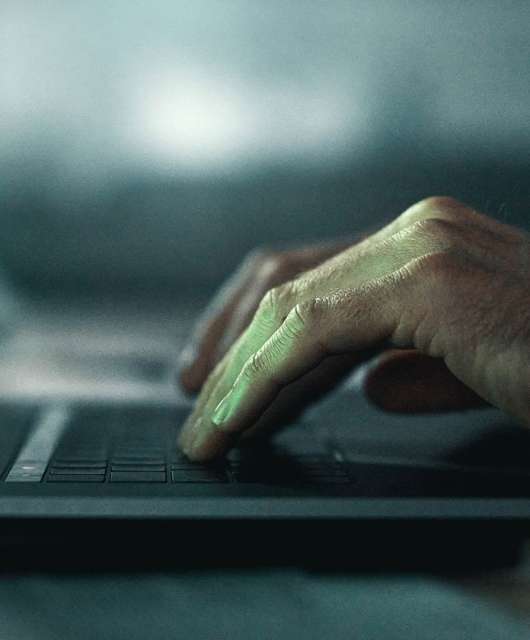Here on the Panda Security blog we often write about abuse and harassment on the internet. But technology can also be used to abuse and control people in the real world, something experts call ‘digital domestic abuse’.
What does digital domestic abuse look like?
Digital abuse uses technology like text, social media and built-in smartphone apps to ‘bully, harass, stalk or intimidate a partner’ – usually through control. This may manifest as one person limiting who their partner can connect and talk to online. They may also compulsively stalk their partner on social networks or using location sharing apps (like Apple’s Find My) so that they always know where that person is.
Extreme forms of digital domestic abuse may include installing spyware on their victim’s phone or stealing passwords to access online services to ‘check up’ on their activities. As such, digital abuse often accompanies other behaviors like physical or mental abuse.
ALSO READ: How to Handle and Prevent Online Harassment
What do the police say?
In the UK, the Metropolitan Police have drawn up a list of behaviors that could indicate if your partner is digitally abusing you. An abuser may:
- Control access to your online accounts, including social media or banking.
- Use technology to send you negative, insulting, or threatening messages.
- Send you unwanted sexually explicit images (also known as cyberflashing).
- Demand that you send them explicit images of yourself.
- Posting explicit images of you online without permission (intimate image abuse).
- Using your social media accounts to pose as you without your permission.
- Criticizing and belittling you down for content you post online.
- Taking away your devices and controlling your access to apps and websites.
ALSO READ: New laws to strengthen UK cybersecurity provisions
How common is digital domestic abuse?
No one is quite sure how common digital domestic abuse really is. However, one British survey found that 29% of women questions have had a partner who tried to control their social media interactions – and 11% said a partner did manage to control their online activity.
Reports also suggest that younger people between 16 and 24 are more likely to be abused in this way. 41% of survey respondents in that group claimed to have experienced problems with partners controlling their social media use. People over the age of 55 were 5x less likely to be abused in this way – possibly because they do not use technology in the same way as younger people.
ALSO READ: UK-based adult websites urged to do more to protect children
What can I do if I am a victim of digital domestic abuse?
If you find you are a victim, you should:
- Set strong passwords on your social media accounts and apps.
- Enable two factor authentication on your accounts.
- Turn off location sharing if you are concerned about stalking.
- Install a mobile antivirus app to detect and remove spyware and stalking apps.
And if you ever feel threatened, contact the police immediately.






1 comment
I run a domestic abuse survivor non profit and I am also a victim of domestic digital abuse. I would like to learn more about your use of technology to prevent cybercrime as it relates to my clients and myself.